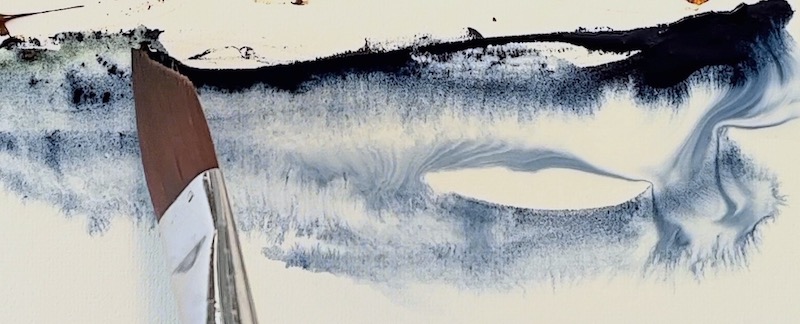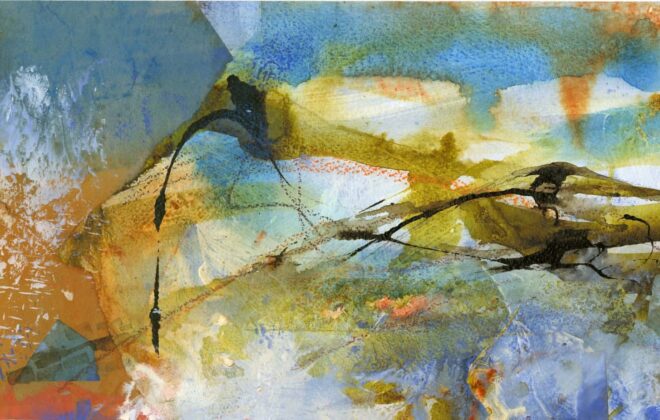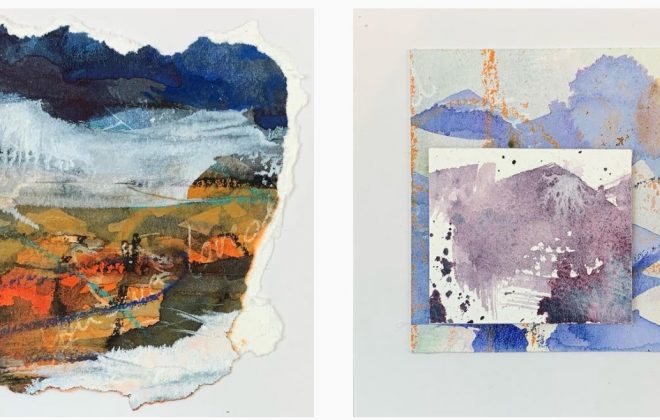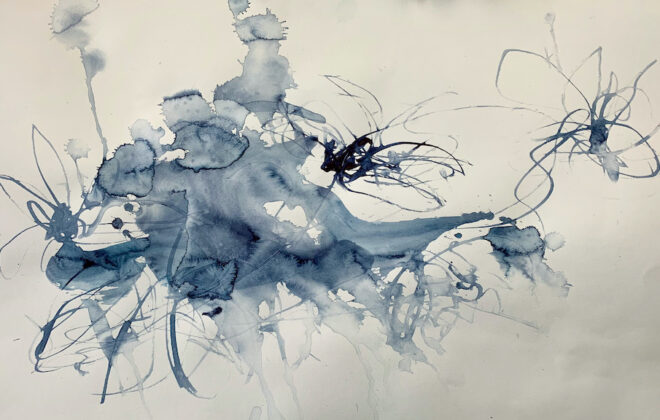How to Loosen Up Watercolours
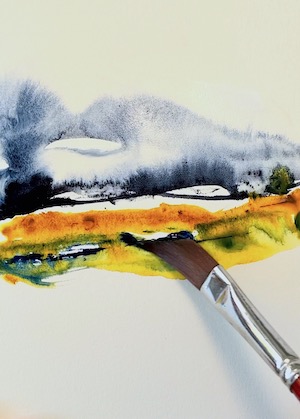 The advice I am asked for most often at my Open Studios is how to loosen up watercolours. This year’s Cambridge Open Studios was no exception. ‘Do you teach?’, and ‘I wish I could paint looser watercolours’: the theme was repeated in so many questions.
The advice I am asked for most often at my Open Studios is how to loosen up watercolours. This year’s Cambridge Open Studios was no exception. ‘Do you teach?’, and ‘I wish I could paint looser watercolours’: the theme was repeated in so many questions.
I love sharing my passion for painting. It’s one of my favourite aspects of Open Studios; the conversations about art. The exchange of ideas. The possibilities of shared painting times at later workshops. By the end of July I had agreed to teach three half day workshops before the end of this year for local art societies, and one full day workshop in 2023 in Norwich.
One of the most interesting things about painting is the discover process. There are moments of delight in seeing something lovely emerge in front of you. Many of these are serendipitous. But you can certainly increase the instances of these with a few simple practices.
A few tips on how to loosen up watercolours:
- Paint standing up. This was a game changer for me. It gave me a far wider range of movement while I paint.
- Before you start, take a deep breath, straighten your back and drop your shoulders. A relaxed stance gives you the freedom of movement you need for loose painting
- Know your materials. Before you can start to add experimental techniques to your work, it really helps to know how to manage your primary medium. In this case, the water to pigment ratio is so important. Get it wrong and you will never get the result you want.
- Pick the right support. Once again, this is about knowing how the medium will react on a particular paper, or aqua board.
- Smile! Have fun with it. If you get stressed when the first mis-stroke happens, you will just tighten up even more and that’s going to take you in the opposite direction from the loose style you seek.
If you fancy learning more about creating loose experimental watercolours, join one of my online watercolour courses.
Share this:
Tags In
Recent Posts
Recent Comments
- vandy on From pulp to perfection: The art of making watercolour paper
- What Is Watercolor Paper? | Print Wiki on From pulp to perfection: The art of making watercolour paper
- Jessica on Cleaning Used Acrylic Painting Water
- vandy on What my art taught me about myself
- Terri Webster on What my art taught me about myself
Archives
- October 2024
- May 2024
- March 2024
- January 2024
- October 2023
- May 2023
- January 2023
- December 2022
- November 2022
- October 2022
- September 2022
- September 2021
- July 2021
- June 2021
- May 2021
- April 2021
- March 2021
- February 2021
- January 2021
- December 2020
- November 2020
- October 2020
- September 2020
- August 2020
- July 2020
- June 2020
- April 2020
- March 2020
- December 2019
- November 2019
- October 2019

